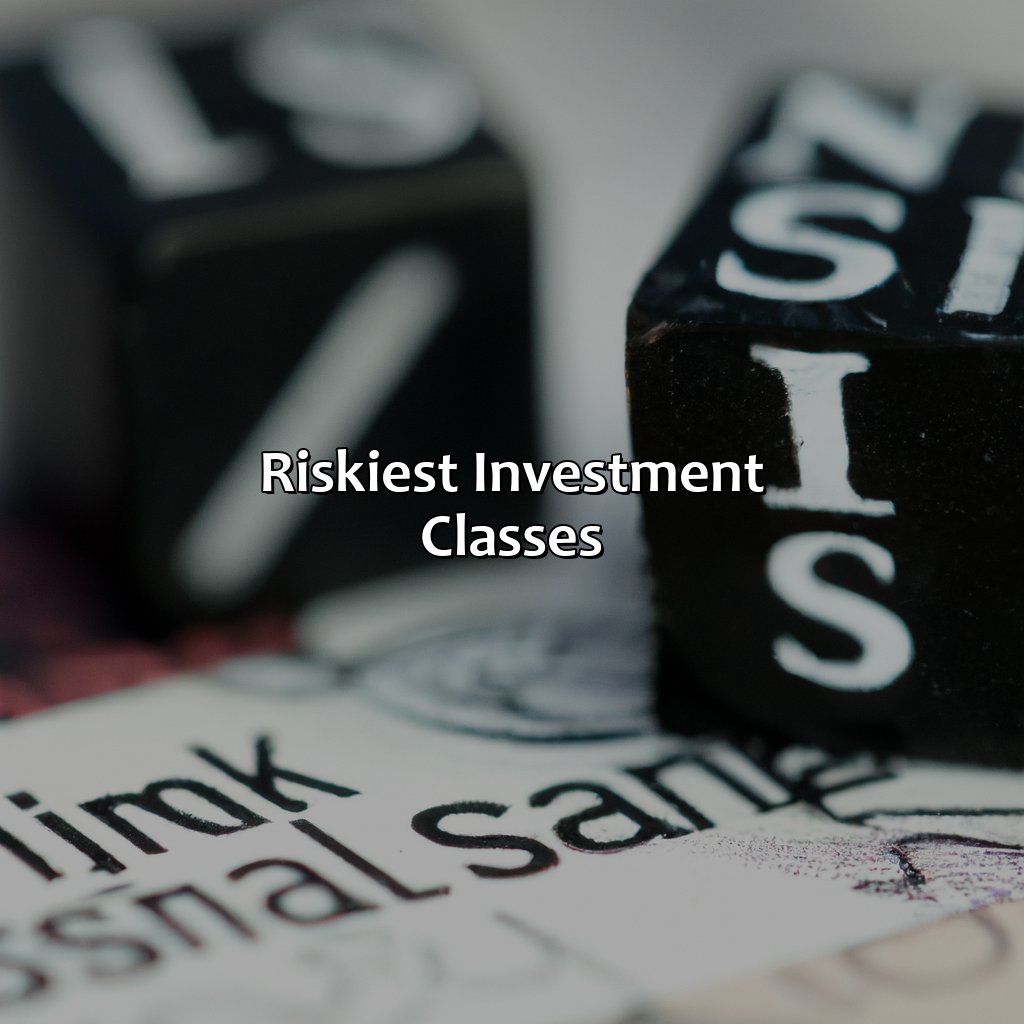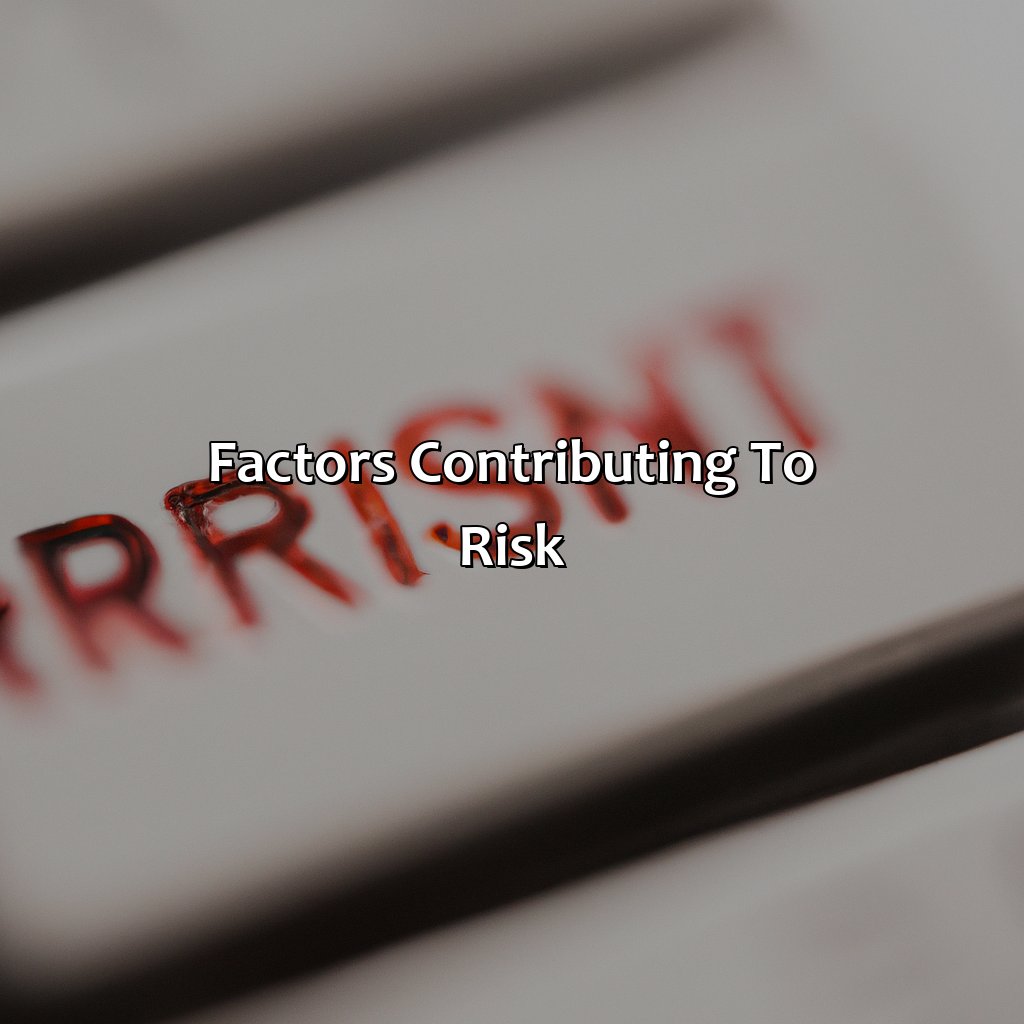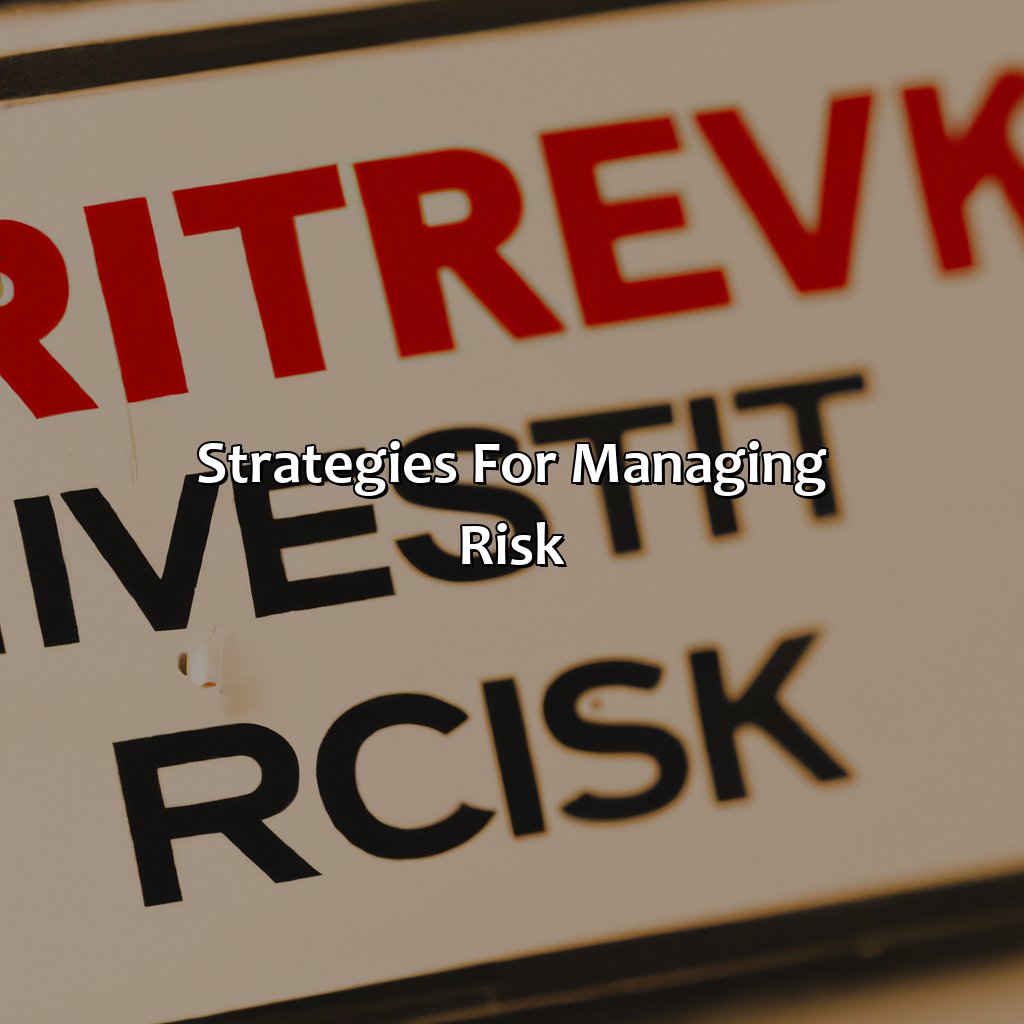What Is The Most Risky Investment Class?
Key Takeaway:
- Stocks are considered to be the riskiest investment class due to their tendency for volatility and lack of guaranteed returns. Investors can reduce risk by diversifying their stock portfolio and performing thorough research before investing.
- Cryptocurrencies are also considered high-risk investments due to their highly volatile nature and lack of regulation. Investors should be prepared for significant fluctuations in value and should only invest with money they can afford to lose.
- Emerging markets pose a higher risk due to their lower levels of economic development and political instability. However, investing in emerging markets can also provide high returns for investors willing to take on the risk.
Are you curious about the best ways to invest your money? Investing your money can be so overwhelming and risky. Wondering what the most risky investment class is? Read on to find out!
Overview of Different Investment Classes
Investing your money can be intimidating, especially when you do not know much about the different investment classes. Understanding the various investment options can help you make better-informed decisions and minimize the risks involved.
- Stocks, which offer ownership in a company and are traded on stock exchanges. They can be volatile, but historically have provided high returns over longer periods.
- Bonds are fixed-income securities that provide regular interest payments and are intended to be held until maturity. They are generally less risky than stocks and offer a predictable return.
- Mutual funds pool money from various investors to invest in a range of assets, offering diversification and professional management.
- Real estate can provide income through rental properties or appreciation when bought and held for the long term.
- Alternative investments include hedge funds, private equity, and commodities, and are generally only available to accredited investors due to the high risks involved.
- Cash and equivalents are low-risk, liquid investments that provide little to no return, but can offer stability and quick access to funds.
It is essential to note that every investment carries risk, and it’s crucial to do your research before investing your money. It’s always better not to put all your eggs in one basket and diversify your portfolio.
According to a recent report by CNBC, the average annual S&P 500 return over the past 90 years is 9.8%, making stocks one of the most profitable investment classes for long-term investors.

Image credits: retiregenz.com by Harry Jones
Riskiest Investment Classes
In the world of finance, identifying the investment with the highest risk can be challenging. Different investment classes carry different levels of risk, making it difficult to determine the riskiest investment option.
Investors are always advised to diversify their investment portfolio to offset any potential losses. However, if you’re looking for high-risk investment options, here are five of them:
- Stocks of emerging companies
- Foreign currency exchange
- Initial Public Offering (IPO)
- High-yield bonds
- Commodities futures contracts
Investing in these classes comes with potential high rewards but at the same time, significant risks.
In discussing high-risk investment classes, it should be noted that each type has distinct, unique characteristics that make them attractive. While stocks of emerging companies can offer huge returns, they are also highly susceptible to market turbulence.
One prime example is the story of a young investor who bought stock in a fast-growing tech company. At the time, the company was expected to be the next game-changer in the industry, and the investor poured all his savings into the stock. However, a few months after the purchase, the company was embroiled in a scandal, and the stock’s value plummeted, causing him to lose everything he had invested.
When it comes to investing, the saying “high risk, high reward” holds; however, investment should be done prudently, considering all risks involved.

Image credits: retiregenz.com by Yuval Duncun
Factors Contributing to Risk
Investment Classes and their Risk Factors
Investing involves risks, and different investment classes have varying levels of risk. Stocks are risky due to market volatility, whereas bonds are risky due to credit risk and interest rate fluctuations. Similarly, real estate has its unique risk factors, such as property value appreciation and rental income fluctuations. Commodities, on the other hand, are subject to global supply and demand changes, as well as geopolitical risks. Alternative investments, such as hedge funds, private equity, and venture capital, have high risk due to the lack of transparency and regulation.
Investors should consider the risk factors before choosing an investment class, and the risk appetite determines the investment decision. Additionally, the age and income level play a vital role in the investment strategy. For example, young investors with surplus income can take higher risks, whereas near-retirement individuals should choose low-risk investments to manage the portfolio’s volatility.
Pro Tip: Diversification is the key to reducing the overall risk in a portfolio. Investing in a mix of various asset classes with different risk profiles helps balance the overall portfolio’s risk and return.

Image credits: retiregenz.com by Harry Washington
Strategies for Managing Risk
Managing Risk: Proven Techniques for a Secure Investment
Investors are always looking for techniques to keep their investments secure. Diversification is a proven method where you allocate your investments across different asset classes. This way, you can avoid significant losses associated with a single asset, and the risk level decreases.
Along with diversification, another technique to consider is asset allocation. Decide the percentage of your investments in each asset class such as equities, bonds, and cash. The proportion you decide mostly depends on your risk tolerance, objectives, and time horizon.
Furthermore, you can keep an eye on economic indicators or market trends to make informed decisions. Cutting down trading costs and minimizing emotional bias are other critical considerations while managing a portfolio. By adopting a long-term investment approach and analyzing your investments regularly, investors can ensure a secure investment approach.
In summary, managing risk is a critical aspect of an investor’s investment journey. By sticking to diversified asset allocation, regular analysis, and keeping track of economic indicators, investors can safeguard their portfolios.

Image credits: retiregenz.com by David Washington
Some Facts About the Most Risky Investment Class:
- ✅ Stocks are considered the most risky investment class due to their volatility and potential for significant losses. (Source: Investopedia)
- ✅ Investing in individual stocks can be even riskier than investing in diversified portfolios or mutual funds. (Source: The Balance)
- ✅ The risk of investing in stocks can be reduced through careful research, diversification, and a long-term perspective. (Source: Forbes)
- ✅ Other types of risky investments include options, futures, and penny stocks. (Source: The Motley Fool)
- ✅ Risk is an inherent part of investing, but it can be managed through a balanced portfolio and a sound investment strategy. (Source: CNBC)
FAQs about What Is The Most Risky Investment Class?
What is the most risky investment class?
The most risky investment class is stocks, particularly those of small-cap or emerging companies.
Why are stocks considered the most risky investment class?
Stocks are considered the most risky investment class because their value can fluctuate greatly and they are affected by a variety of unpredictable factors, such as economic downturns and company scandals.
What are some other risky investment classes?
Other risky investment classes include derivatives, commodities, and high-yield bonds.
What can I do to minimize risk when investing in risky investment classes?
To minimize risk when investing in risky investment classes, it’s important to diversify your portfolio and invest in a variety of different asset classes.
Should I avoid risky investment classes altogether?
It’s not necessary to avoid risky investment classes altogether. In fact, investing in these classes can potentially lead to higher returns. The key is to balance your portfolio with less risky investments as well.
What kind of investor should consider investing in risky investment classes?
Investors who have a high risk tolerance and a long-term investment horizon may consider investing in risky investment classes. It’s important to consult with a financial advisor before making any investment decisions.


